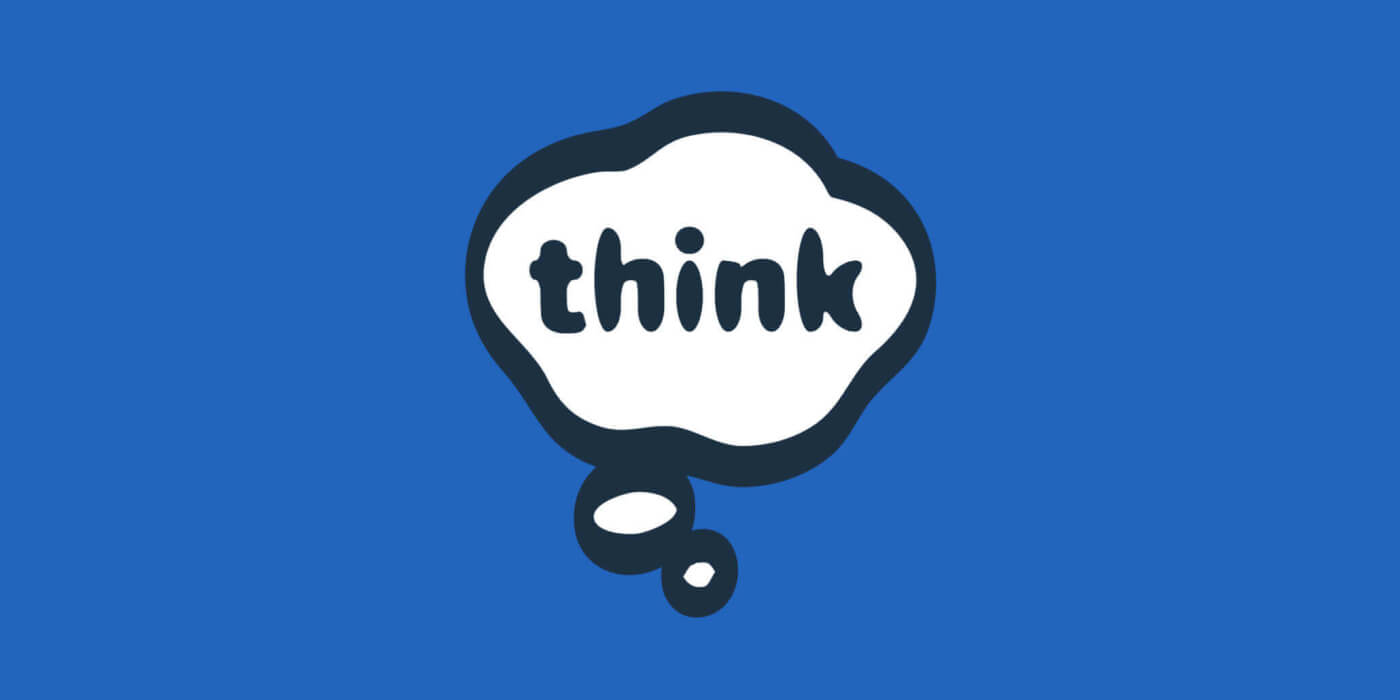The PROTECT IP Act: What You Need to Know

If you’re a regular reader, you know that the Think Blog is generally where we expound on ideas that are impacting our lives as Experience Designers. For this post, though, I’d like to take a step back and talk about something that is going to impact your life. End of sentence. No qualifier. This will impact your life.
Unless you’re an über geek of the political or technical variety, you probably haven’t heard of the PROTECT IP Act currently making it’s way through Congress (or its prior, defeated, incarnation COICA). The intent of this bill is to give the US government (and private parties) new powers to halt online infringements of intellectual property, especially in regards to domains registered outside the US. No problems so far, right?
The issue is how these new powers are described, enacted, and enforced.

Quickly, let’s talk about why this applies only to domains registered outside the US. Simply, there is ample legislation protecting IP from infringements from within our borders. Between the Digital Millennium Copyright Act of 1998 and the Department of Homeland Security’s recent seizure of “offending” domains (an act of questionable legality, some would say), there are plenty of tools for IP holders to prosecute alleged violations of their rights within the US. That same action becomes difficult when there is no US registrant of the domain in question.
The solution posed by PROTECT IP (and previously COICA) is to wipe those allegedly offending domain names from the collective indexes of any “domain name system server” (we don’t need to get into it here, but the vague nature of this definition is troubling by itself), thus rendering the site effectively non-existent…unless you happen to know its IP address…or they change domain names…or use non-filtered DNS servers…etc. As many have shown, this would encourage a huge fracturing of the DNS system which essentially ensures that when I type “www.thinkcompany.com”, my browser knows at what 10-digit IP address TBI’s website lives. Needless to say, this approach has some faults.
To better illustrate, here’s an example:
I’m a law-abiding Swede with a fantastic idea for a new website that will allow people to post images, videos, and other kinds of media celebrating the culinary masterpiece that is the pancake (also accepted: crêpes, pfannkuchen, pannenkoeken, palacinka, and others). We’ll call it Pancakr. Let’s assume that my site begins to take off and I manage to get VC funding, despite the lawyers’ newfound trepidation of running afoul of PROTECT IP. Pancakr goes viral and everyone is posting pics of their latest quick-bread conquest. Unfortunately, many of the pics from the US feature PancakePuss, a trademarked character of the ISLOP restaurant chain. I should also mention that because Pancakr has gone so insanely viral, sites are popping up all over the Web with Pancakr related (and unlicensed) merch. PancakePuss is particularly popular, especially on t-shirts.
ISLOP is unhappy to be missing out on the royalties, but because all this activity is being done by non-US actors, the PROTECT IP Act is their only viable option. The Justice Department orders all domain name servers, ISPs, search engines, and social networks to stop redirecting to a host of sites accused of violating ISLOP’s IP. Pancakr is on that list, despite the fact that its biggest “crime” was providing the ability for people to link to their favorite pancake photos. Two years pass as we litigate our way through the judicial system, finally winning reinstatement in the DNS catalogue. Not that it matters at this point. Honestly, the investors would have been smart to drop the case and just move on to the next big thing. Two months, two years, two hundred years…they’re all the same when you’re vying for a sliver of the 21st Century attention-span. Oh, and those PancakePuss t-shirts? They’re still selling like hotcakes all over the web.
OK…a bit silly…greatly over-simplified…but you get the point. Wide nets, presumption of guilt, half-baked solutions built on tenuous technical knowledge, and a blatant disregard for free speech make for sloppy, ineffective, and downright dangerous law.
To clarify even further, here’s why this is going to impact you (assuming you use the Internet or participate in 21st Century Society).
- This is a Ready, Fire, Aim approach. Domains would be guilty until proven innocent.
- It makes linking to material that may be copyrighted (see point #1 above) cause enough for shuttering. Do you like YouTube? eBay? Flickr? Imagine them getting funding in their nascent years under this Act. Goodbye innovation.
- The Internet, to date, has been revolutionary in that it is truly world-wide and without borders. PROTECT IP would end this by creating a “US-approved” subset of the Internet. One can easily see how this Balkanization would quickly spread and the damage it would cause.
- As a society, we value creativity and try to protect it. However misdirected PROTECT IP is, that is the right and good intent that I believe Senator Leahy is trying to uphold with his bill. There are other societies who value conformity and obedience. Where is our moral credibility to denounce their Internet restrictions when we do the same?
You could (and perhaps should, given it’s potential impact) spend hours reading up on PROTECT IP. I similarly could spend many more hours writing about it. Let’s make a deal instead. If you still have questions, read the links I’ve included in this post. If you want more, just search “PROTECT IP”. Once you’re satisfied, contact your Representative and Senator and tell them what you think (pro or con). Ideally, write them a real paper letter or give them a call (email is still kind of a second-class citizen in terms of impact). If the Internet has taught us anything, it’s that a lot of people taking very small actions can have a huge impact. Let’s get all Groupon up on this thing!
I’m sending letters to my Congressmen today. Won’t you?
(seriously…do it…they will hear you)
Find your Representative: https://www.house.gov/representatives/
Find your Senator: https://www.senate.gov/general/contact_information/senators_cfm.cfm
P.S. Big thanks to Leo Laporte and his TWiT podcast for turning me onto this issue!



